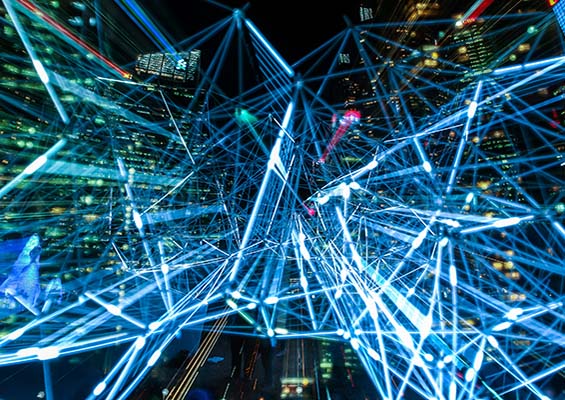 One of the major themes building in the technology space has been the threat of artificial intelligence (AI) taking over all the jobs. Thanks to Terminator and Ex Machina, people imagine AI as a sentient force that will soon outperform humans (and possibly even turn evil). In reality, AI has some limitations that aren’t well understood, and it is poised to drive economic growth rather than create social chaos.
One of the major themes building in the technology space has been the threat of artificial intelligence (AI) taking over all the jobs. Thanks to Terminator and Ex Machina, people imagine AI as a sentient force that will soon outperform humans (and possibly even turn evil). In reality, AI has some limitations that aren’t well understood, and it is poised to drive economic growth rather than create social chaos.
A Deeper Understanding of Artificial Intelligence
CompTIA recently published a research brief on AI as part of a broader series exploring emerging technology. AI is definitely one of the more familiar cutting-edge topics out there: 63 percent of companies say they have consumed some type of information on AI in the past year. But this awareness has not yet translated into adoption, as only 30 percent of those companies say the technology is impacting their business today.
In the early stages of adoption, IT and business professionals will move from a surface-level knowledge of AI to a deeper understanding. In particular, these individuals learn that AI is a broad term for a collection of different machine learning techniques. These techniques, which leverage an explosion of data along with specialized hardware (often in the cloud), allow predicative behavior, contextual awareness and other new components to be added to business applications.
As a company’s technology footprint grows, some amount of automation and assistance is necessary since technical teams are usually not growing at the same rate.
The Challenges of Implementing Artificial Intelligence
Here is where some of the confusion creeps in. For starters, AI is typically not a discrete system to be purchased and installed. Instead, it often appears as a feature of existing software. Some of the data and algorithms may reside in a distinct tool (such as IBM’s Watson), but that tool alone does not provide the comprehensive function needed by the end user.
With new AI pieces working hand in hand with workflow applications, the second main misunderstanding is that AI requires training. At the end of the day, even something as complicated as neural networks only performs based on the instructions it has been given. These instructions might allow for amazing feats and some degree of organic learning within the system, but there are still boundaries. The built-in rules provide some guardrails to what AI can accomplish, but they also present some challenges, such as the bias of the engineer that built the rules and the need to understand how AI performs rather than simply treating it as a black box.
Using Automation to Our Advantage
These challenges, though, will be offset by the benefits that AI can bring. In particular, the complexity that is growing in IT environments will need to be automated with AI. This applies to both software and hardware. The top two uses of AI by early adopters are machine learning within an Internet of Things (IoT) implementation and machine learning within IT infrastructure, clearly showing how AI is influencing hardware implementation and management. Next on the list is virtual assistants, a broad category that boils down to a contextual software layer helping drive decisions and simplify workflow. As a company’s technology footprint grows, some amount of automation and assistance is necessary since technical teams are usually not growing at the same rate.
Are the robots going to take over our jobs? Well, in some cases they probably will. But that has always been the case with advances in technology, even if the technology hasn’t always been digital. The strongest employees are the ones that embrace ongoing skill improvement and find ways to enhance their work with newly available tools. AI is one of many emerging trends to keep an eye on, but it has a good chance to become a foundational part of future IT systems.
Read James Stanger's take on automation and IT jobs in Staying Relevant: Job Skills You'll Need by 2020 and Beyond.
